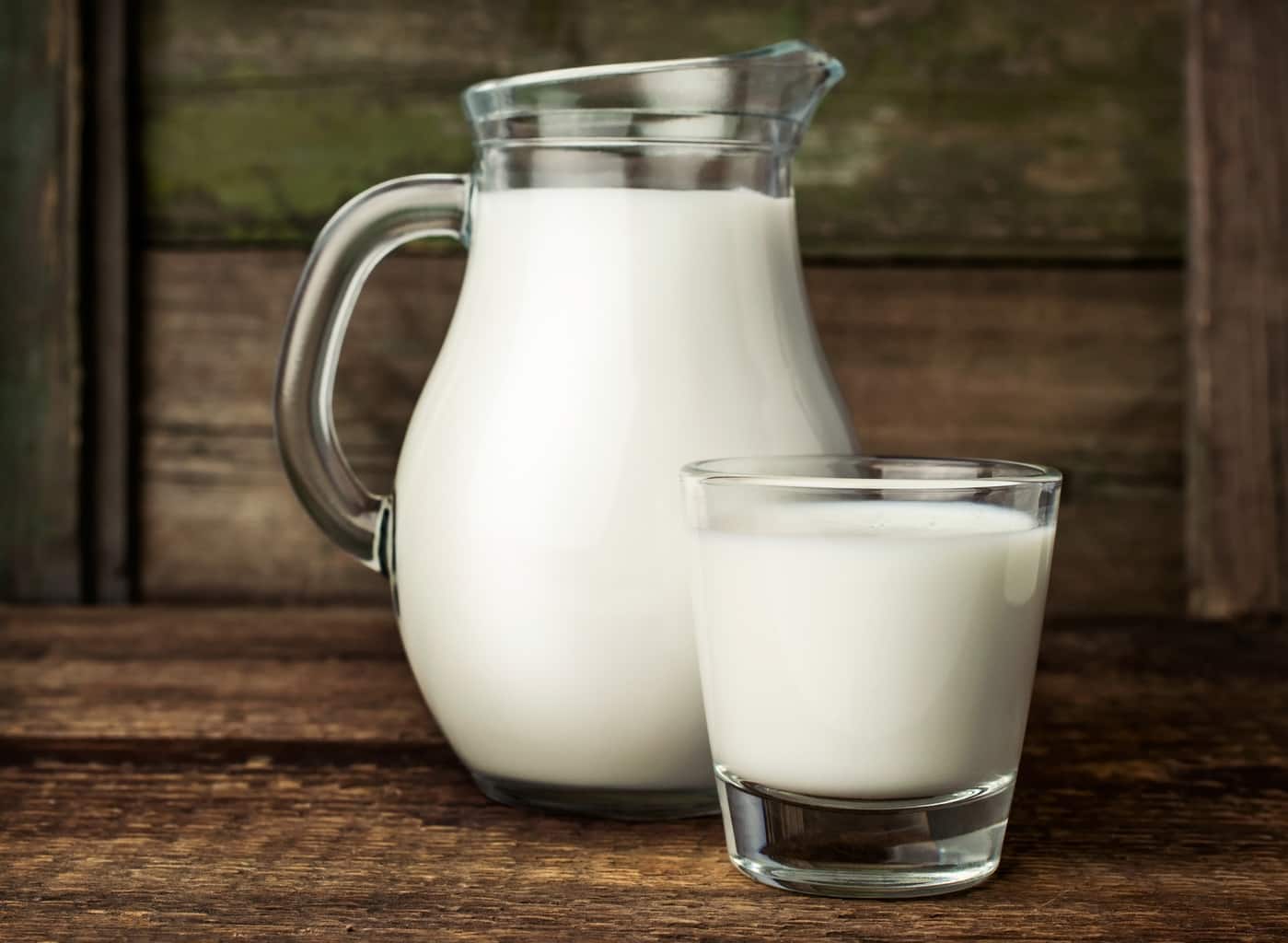
[cmamad id=”8125″ align=”center” tabid=”display-desktop” mobid=”display-desktop” stg=””]
This is not a new idea.
As early as 1979, researchers discovered that some of the peptides in milk have opiate-like effects.

Digestion releases small protein fragments called peptides.
Now, some of them have opiate-like effects, like the ones in milk (casomorphins).
[cmamad id=”8126″ align=”center” tabid=”display-desktop” mobid=”display-desktop” stg=””]
And several studies confirmed these effects in different ways.

In the 70s, research focused on how morphine inhibits muscle contractions.
Since Naloxone is a well-known morphine blocker, they used it in this study.
So researchers use it to confirm whether or not these peptides have true opium-like effects.

Also, researchers tested to see if they displace either morphine or naloxone from the opiate receptor.
And researchers can calculate binding affinities to compare potencies.
In the early 80s, researchers weren’t exactly sure if these peptides are absorbed or not.
So they put this speculation to rest in the ‘90s.
Researchers from Paris fed a few subjects cow’s milk and drew blood.

They isolated the opiate peptide fragments from the blood.
cCGP was found in the plasma of all six subjects after milk or yogurt ingestion. Its maximum concentrations were reached 40 minutes after ingestion of either milk or yogurt.

The concentrations remained stable for eight hours.
And the subjects who received only water never had these opiate fragments.
So how does one explain these opiate-like effects?
Why aren’t all proteins like this?
Each protein is made of different amino acids, and there are many different proteins in milk.
One of these is the amino acid proline tends to resist enzymatic breakdown in the stomach.
Proline is a most unusual amino acid, and it’s why these small peptides don’t break down.
Some of these are deep within the milk proteins, particularly the primary protein, casein.
The most active casomorphin can be embedded deep in the casein protein.
This most active casomorphine is beta-casomorphin-5.

Humans can absorb this, and if you have a leaky gut, you get more of this peptide.
So, organic chemists have what they call a “morphine rule.”
The morphine rule is a set of features that all opiates must have to work like morphine.
And beta-casomorphin fulfills these rules.

- (1) Tertiary amine ✓
- (2) Quarterary carbon ✓
- (3) Phenyl group ✓
- (4) A two carbon spacer between (1) and (2) ✓
There is some speculation that these may cause behavior problems — especially in children.
People with inefficient digestion or a leaky-gut could receive significant amounts.
Researchers find the casomorphin in the urine of autistic children.
And they found similar behavior changes in rats as well.
Social interaction was incomplete or absent. The β-CM7-treated rats failed to avoid obstacles placed in their path.
The researchers also tested pain responses in the rats by squeezing their tails.
Pain reduction is the most characteristic effect of opiates.

Naloxone blocked the pain response — which proved that the opioid receptor is involved.
About 1 hour after treatment with β-CM7 the rats became hhyper defensive backing into a corner and showing obvious hostility to their normal cage mate.
In 1983, a study showed that it crosses the blood-brain barrier in rats when autopsied.
Also that year, researchers found it in the cerebrospinal fluid of psychotic women.
Opiates aren’t especially harmful physically.
In fact, William Burroughs, author, and lifelong heroin addict lived to be 83.
But researchers still wondered how the morphine-like effect happens.
In 1999, a Japanese researcher discovered that there is an important difference between A1 and A2 casein proteins.
In some breeds of cow, the casein protein contains an amino acid that allows it to break into smaller units.

Milk from A2 cows has an enzyme-resistant proline, which keeps it in a longer chain than usual.
And these longer chains don’t pass the intestines as easily — or through the blood-brain barrier.
But you don’t see the same issues with goat’s milk.
It has a couple of different amino acids in its casein protein.
This difference influences its opiate activity so goat’s milk isn’t as morphine-like.
From my own experience, goat cheese has a bit less of the opiate effect.
Also, goat cheese is usually free of growth hormones (GMO).
Most milk in Europe is the A2 type, but you can find some in the US.
And if you have a good strong gut and a healthy system, you can drink A1 milk without too much problem.

http://sci-hub.cc/https://www.degruyter.com/view/j/bchm2.1979.360.issue-2/bchm2.1979.360.2.1211/bchm2.1979.360.2.1211.xml
Casein peptide release and passage to the blood in humans during digestion of milk or yogurt
http://sci-hub.cc/http://www.sciencedirect.com/science/article/pii/S0300908498800229
A peptide found in schizophrenia and autism causes behavioral changes in rats
http://sci-hub.cc/http://journals.sagepub.com/doi/abs/10.1177/1362361399003001007
Enzymatic release of neocasomorphin and b-casomorphin from bovine b-casein
https://www.researchgate.net/profile/Masaaki_Yoshikawa2/publication/12796230_Enzymatic_release_of_
neocasomorphin_and_b-casomorphin_from_bovine_b-casein/links/56c8687108ae1106370773ca.pdf

Leave a Reply